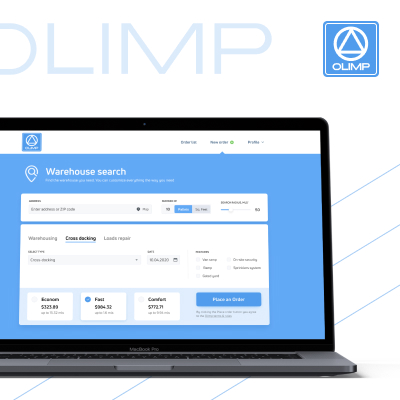Olimp: automated freight transportation platform

Olimp
Olimp is an automated freight transportation platform focused on providing efficient and streamlined logistics services across the country. The project was in the exploration stage, and the goal was to prepare for the next phase of development by conducting research and analysis (SAFe Exploration).
Challenges and Solutions:
Tasks
Solution
Research to understand the needs and expectations of the target users
Architecture and mockups were optimized to provide a seamless user experience.
Conducting in-depth user research and mapping out the various user journeys
Using the Weighted Shortest Job First (WSJF) technique to prioritize features based on their business value, cost of delay, and development effort
Collaboration with the development team to assess the complexity and effort required for implementing the identified features
Gathering Requirements and Planning
To ensure a successful transition to the next phase, it was crucial to gather requirements, perform analysis, and create a detailed plan. The solution involved conducting thorough research to understand the needs and expectations of the target users. The team analyzed industry trends, market demands, and competitor offerings to define the project’s requirements accurately. A comprehensive plan was then created, outlining the necessary tasks, timelines, and resource allocation for the subsequent development stages.
Designing Interface Architecture and Mockups
Creating an intuitive and user-friendly interface architecture was essential for Olimp’s success. The solution involved designing the interface architecture based on the identified user requirements. The team created mockups that visually represented the proposed interface layout, ensuring ease of use and efficient navigation. Through iterative feedback and refinement, the final interface architecture and mockups were optimized to provide a seamless user experience.

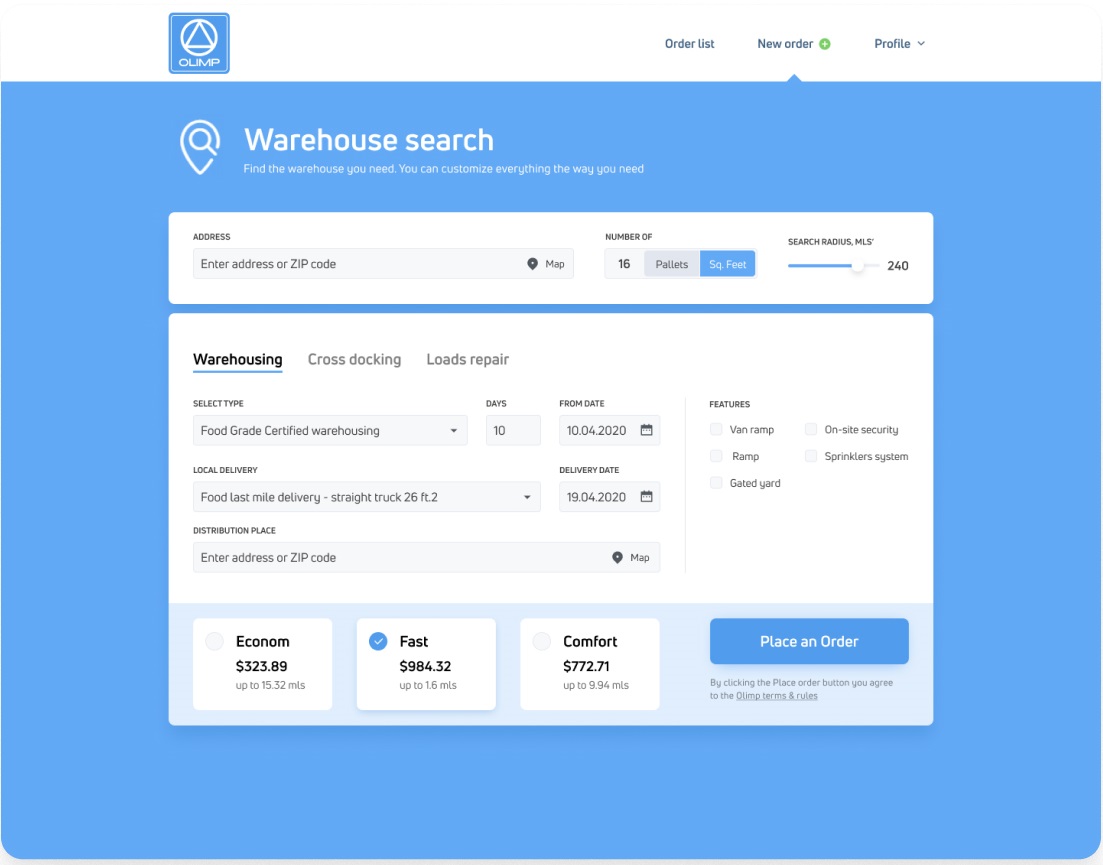
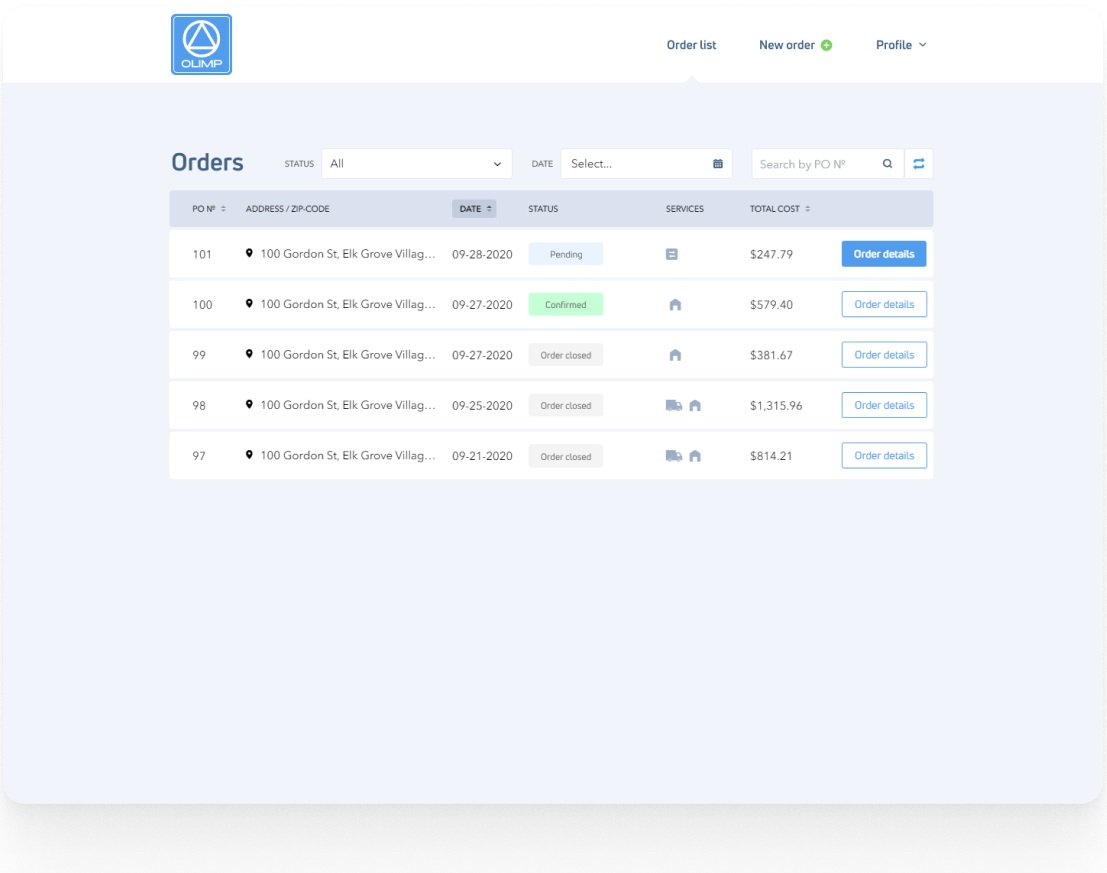
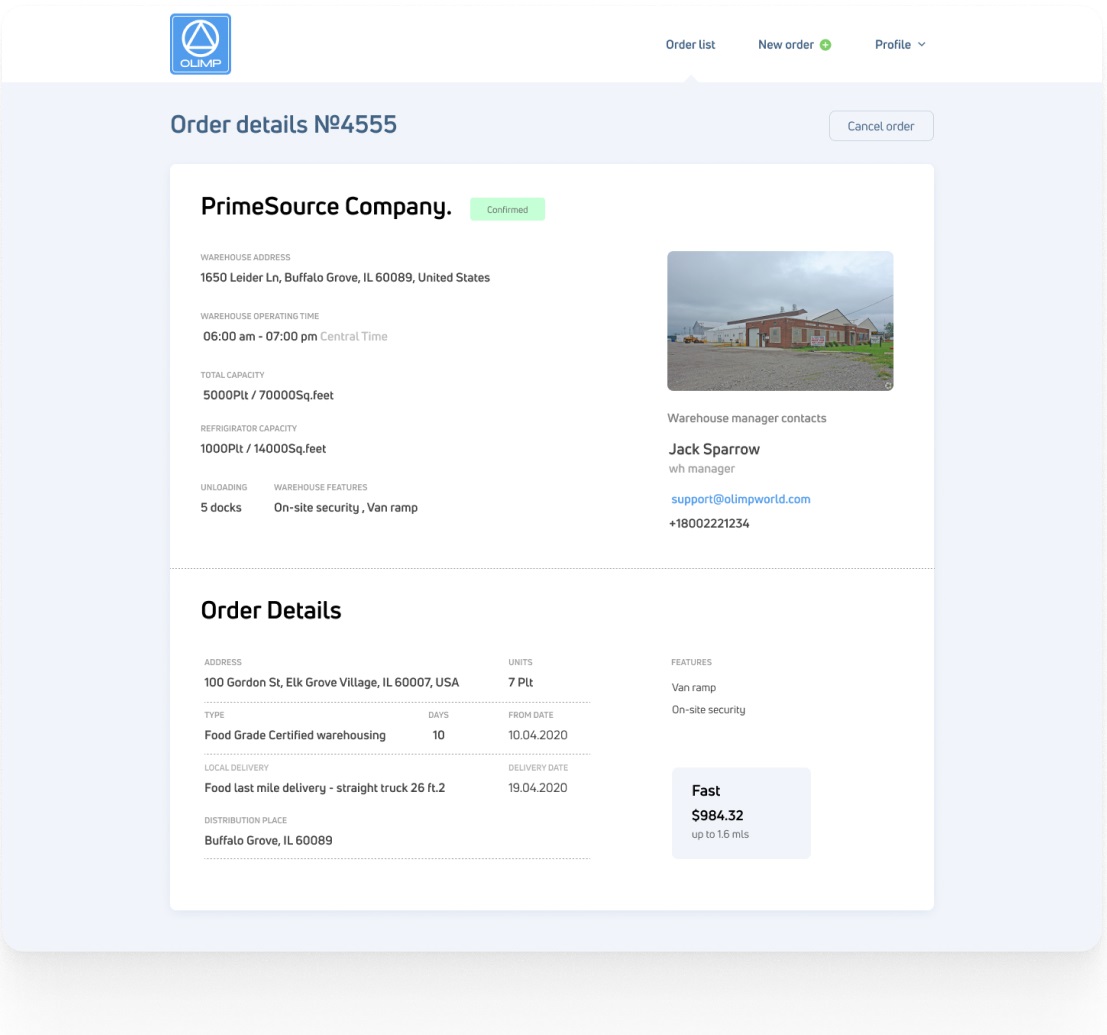
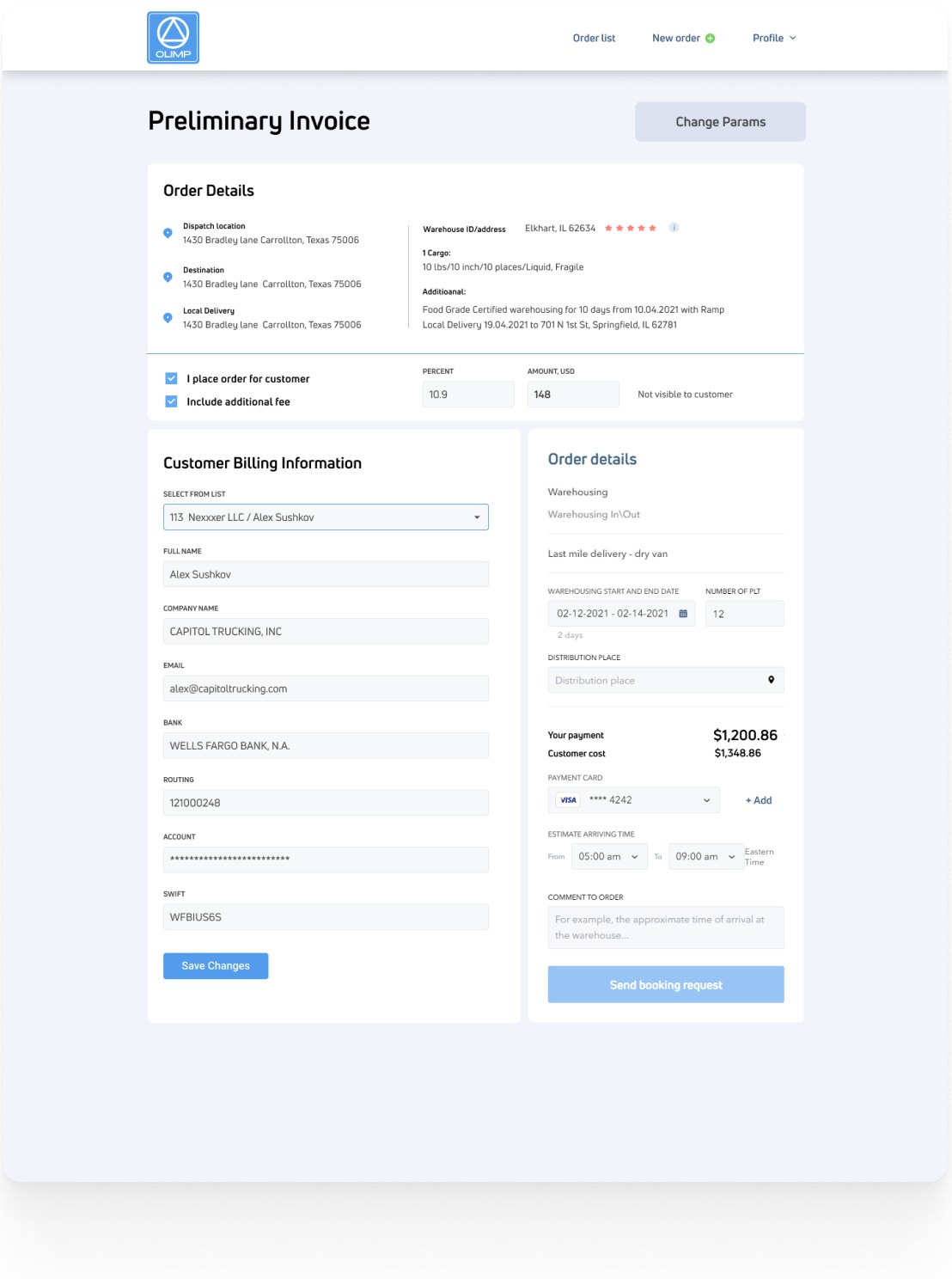
User Scenarios and Role Descriptions
Understanding the different user roles and their interactions within the platform was crucial for developing comprehensive user scenarios. The solution involved conducting in-depth user research and mapping out the various user journeys. User scenarios were created to capture the step-by-step interactions and tasks performed by each role, ensuring a clear understanding of the platform’s functionality from different perspectives. Additionally, detailed role descriptions were prepared, highlighting the responsibilities, privileges, and interactions associated with each role.
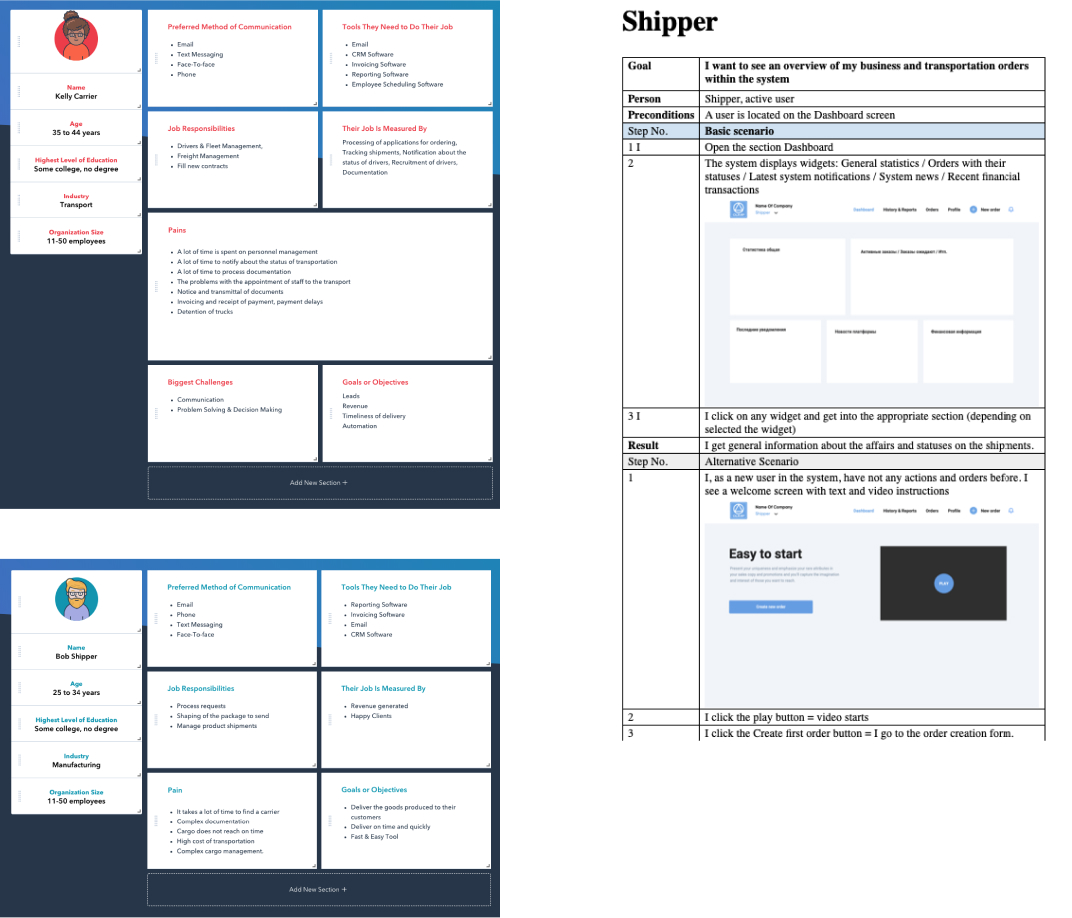
Prioritizing Features and Release Planning
With a wide range of features and functionalities to implement, prioritization and release planning were critical. The solution involved using the Weighted Shortest Job First (WSJF) technique to prioritize features based on their business value, cost of delay, and development effort. By assigning relative weights to each feature, the team could make informed decisions about the order of implementation. A release plan was then developed, outlining the release schedule and milestones for delivering key features and enhancements.

Estimating Timeline and Cost
With a wide range of features and functionalities to implement, prioritization and release planning were critical. The solution involved using the Weighted Shortest Job First (WSJF) technique to prioritize features based on their business value, cost of delay, and development effort. By assigning relative weights to each feature, the team could make informed decisions about the order of implementation. A release plan was then developed, outlining the release schedule and milestones for delivering key features and enhancements.
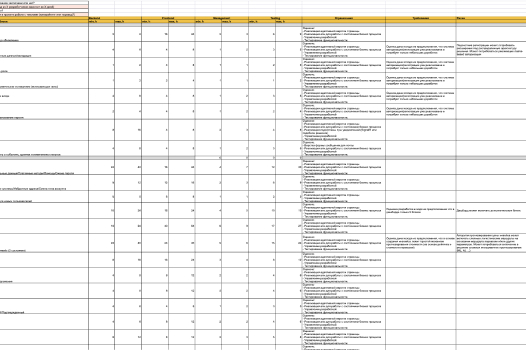
Accurate estimation of project timeline and cost was essential for effective project management. The solution involved collaboration with the development team to assess the complexity and effort required for implementing the identified features. By breaking down the project into manageable tasks and estimating their individual timelines and dependencies, a realistic timeline was established. Additionally, the team worked closely with stakeholders to evaluate the budget and resource requirements, ensuring a comprehensive understanding of the project’s cost implications.
